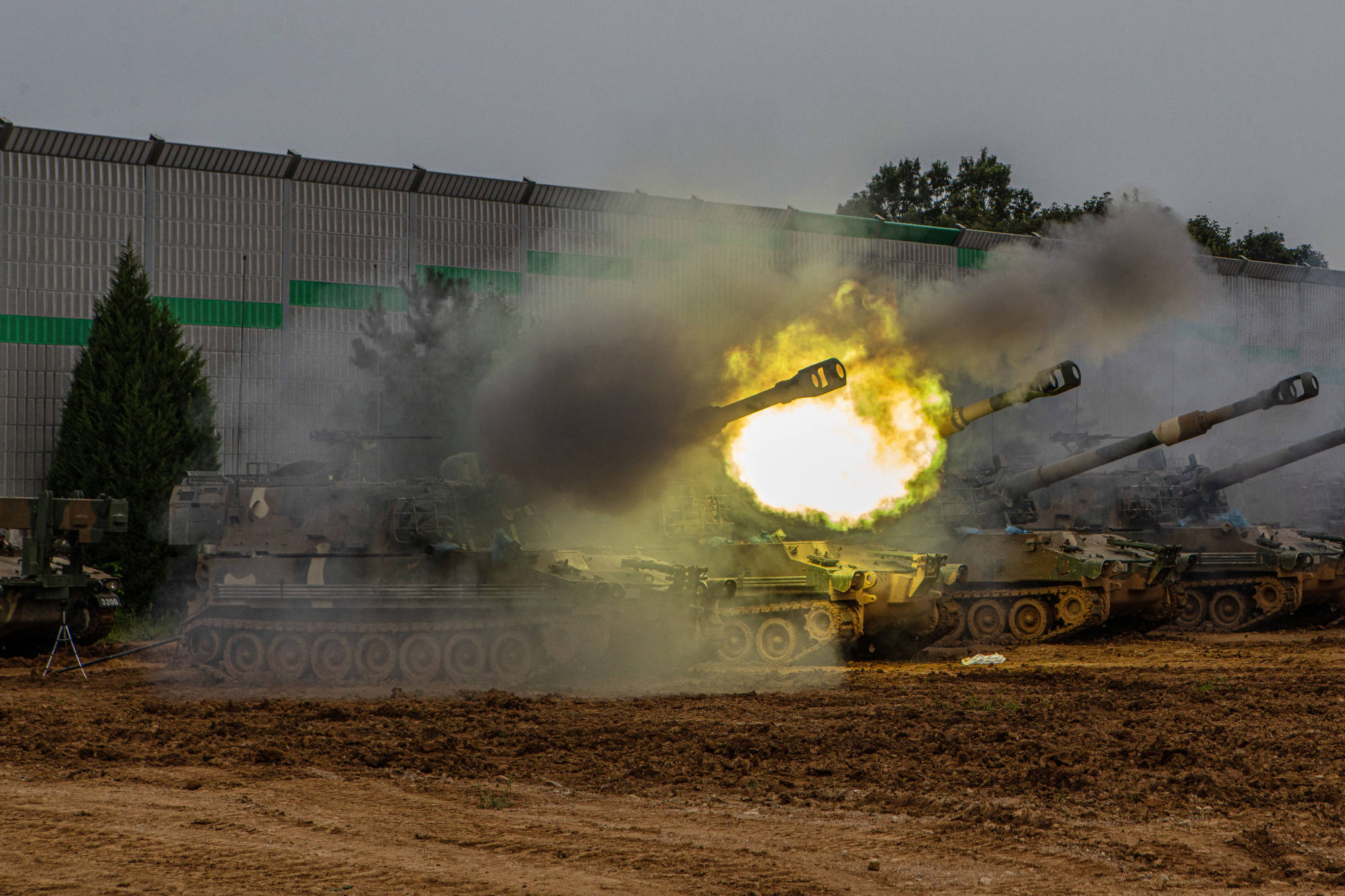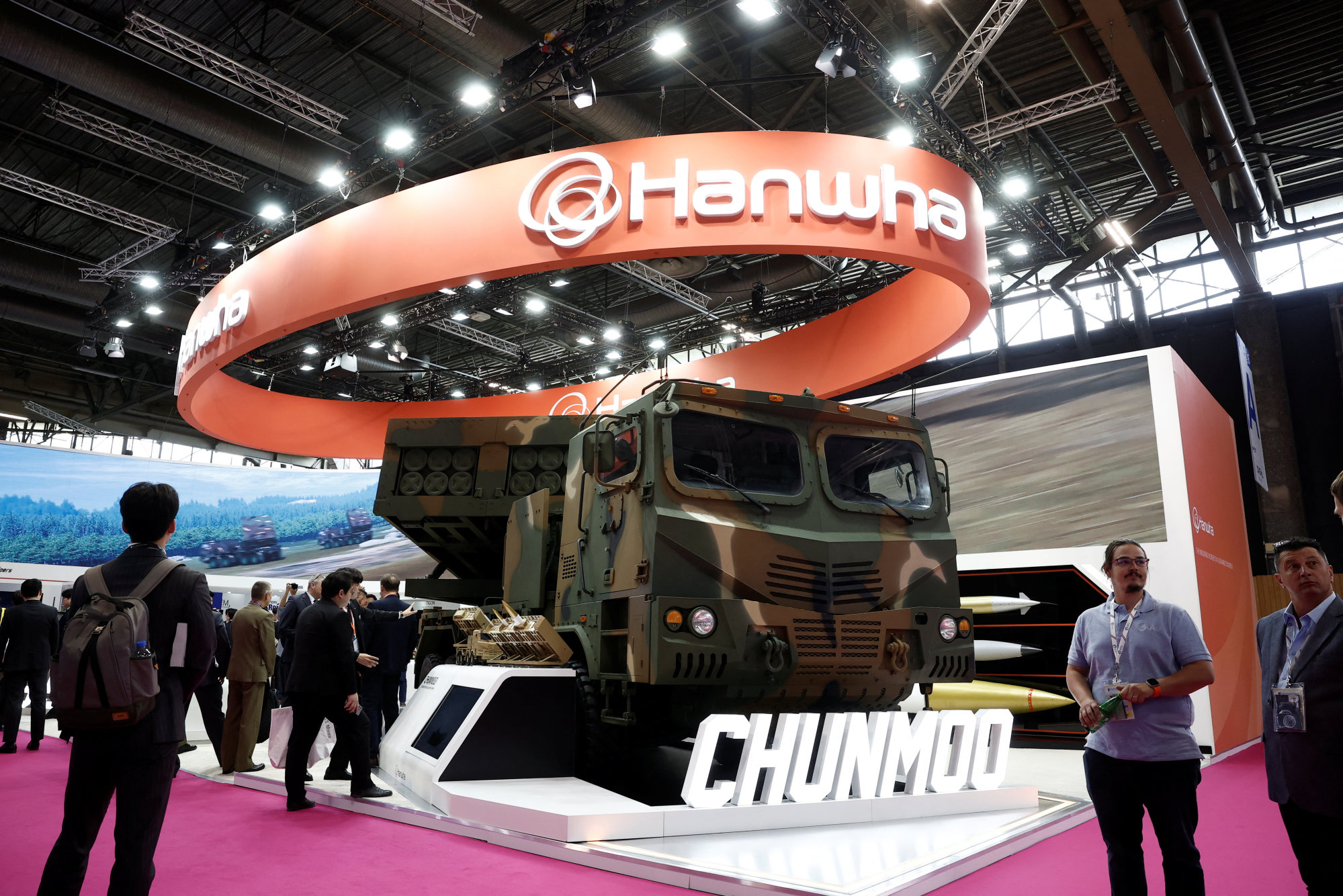Ukraine needs shells. South Korea has millions. Will a Nato summit deal deliver?
“The types of weapons South Korea can provide Ukraine are the ones that can make breakthroughs in the current stalemate on the front lines,” said Park Won-gon, a professor at South Korea’s Ewha Womans University, specialising in international relations.
Direct provision of weapons to Ukraine is a major step
Congress finally approved US$61 billion in funding in April, helping shift the balance of firepower, but the US and its European partners still need to ramp up their ability to make artillery shells.
An unnamed senior Nato official said anything that South Korea provides to help Ukraine defend itself would be welcome, Yonhap News agency reported.
South Korea has 155-millimetre artillery shells that are the Nato standard used by Ukraine. The stock is estimated to be at over 3 million shells, Yonhap reported.

South Korea could also consider sending 105mm artillery shells, which have less range but are fired from howitzers that are lighter and more mobile, the Centre for Strategic and International Studies said in a report in March. South Korea has as many as 3.4 million shells that can be used by Ukraine, it said.
Meanwhile, countries bordering Russia have been buying weapons from the likes of South Korea’s leading defence contractor, Hanwha Aerospace Co. Its tanks and howitzers are seen as less expensive than those from US makers and able to defeat Russian systems.
Yoon has said any decision on sending weapons would depend on Russia’s action. Lawmaker Kim Gunn, who served under Yoon as a chief nuclear envoy until February, said the threat to supply arms to Ukraine is leverage to deter Russia from providing military support to North Korea.

“From Seoul’s point of view, Russia’s cooperation with North Korea is a direct threat to its national security,” said Rachel Minyoung Lee, a senior fellow with the 38 North Programme at the Stimson Centre. She said it not only aids in advancing North Korea’s weapons development but helps Pyongyang “manage and even improve its national economy by reviving the munitions industry”.
Lee, who worked as an analyst for the CIA’s Open Source Enterprise, said South Korea has been able to deflect pressure by promoting other ways to contribute to Nato, such cybersecurity, and Seoul should move cautiously.
“Direct provision of weapons to Ukraine is a major step, and that decision should be made based on South Korea’s national interest, which should also take into consideration its longer-term interest vis-à-vis Russia,” she said.